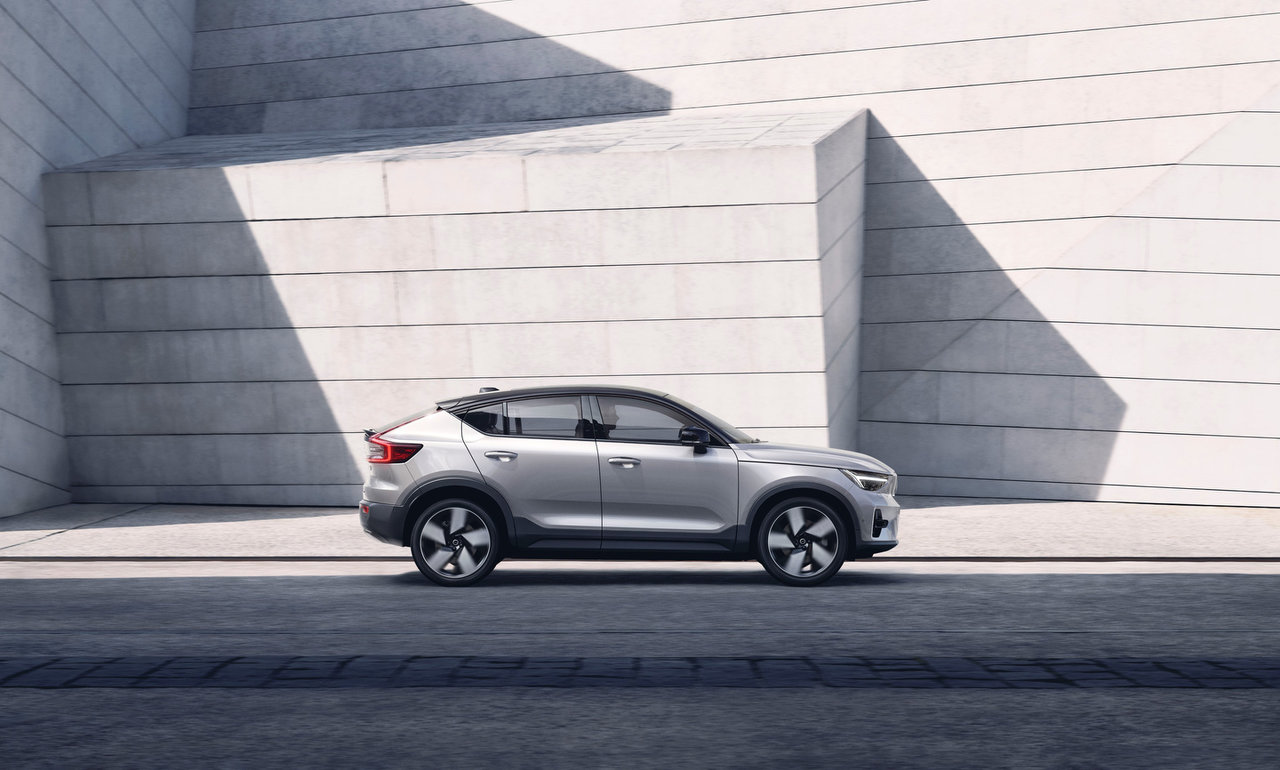
What Are Your Winter Tire Options on the Volvo XC90?
If you drive an XC90 in Metro Vancouver, winter can mean cold rain in the city and snow on the way to Squamish, Whistler, or the Coquihalla. Below...
Read moreMorrey Volvo Cars Burnaby

Electric vehicles, plug-in hybrid vehicles, PHEV vehicles, hybrid vehicles, BEV vehicles, electrified vehicles… There have never been more names to designate cars and SUVs with an electric motor and it can be quite confusing.
Many consumers are interested in buying a more efficient and eco-friendly vehicle, but they aren't sure where to start given the numerous new options on the market as well as the different technologies that are offered. Two common types of electric vehicles are electric models, and plug-in hybrid vehicles which are also known as PHEV vehicles.
These are the two most efficient electrified powertrains you can buy, but they do significantly differ from one another. We thought we would take a look at the differences between an EV and a plug-in hybrid.
Electric Range
As you would expect, an electric vehicle is 100% electric and does not have a fuel tank or traditional gas engine. You do not have to put fuel in an EV, and you rely on the electricity generated by the battery to power the motor. And EV features one or two or sometimes three electric motors which are attached to a battery which has a fairly large capacity.
This large battery can power an electric vehicle for 300, 400 or sometimes more than 500 km without having to be charged. Electric vehicles also tend to have impressive performance, even entry-level models given that electric motors deliver their torque almost instantaneously. This translates into quick accelerations that surpass equivalent gas-powered vehicles.
A plug-in hybrid vehicle is a combination of an electric powertrain, a battery, and a gas engine. This is the same setup as a traditional hybrid vehicle, but in a PHEV the battery is quite a bit larger which means that it has enough power to allow the vehicle to function on electric power alone.
However, the range will be less because the battery is smaller. PHEV vehicles offer between 30 and 60 km of all-electric range depending on the model. When the battery is depleted, the gas engine takes over. You therefore still need to put gas in a PHEV vehicle, but for many consumers the availability of the gas engine is reassuring.
Benefits of an electric vehicle
Benefits of a PHEV vehicle
The right type of vehicle for you will depend on your specific needs. That said, both electric vehicles and PHEV vehicles have a lot to offer. Give us a call today to learn more.

What Are Your Winter Tire Options on the Volvo XC90?
If you drive an XC90 in Metro Vancouver, winter can mean cold rain in the city and snow on the way to Squamish, Whistler, or the Coquihalla. Below...
Read more
Why You Should Consider the 2026 Volvo XC90 T8 Plug-in Hybrid Plus Dark
You want an SUV that makes the weekday commute quiet and efficient, then takes your family up the Sea-to-Sky without a second thought. The 2026...
Read more
2026 Volvo XC90 B6 AWD Ultra Bright 6-Seater: FAQ
Power, Fuel, and Towing in BC What engine and power does the B6 have? A refined 2.0-litre mild-hybrid four-cylinder with about 295 hp and 310 lb-ft...
Read more